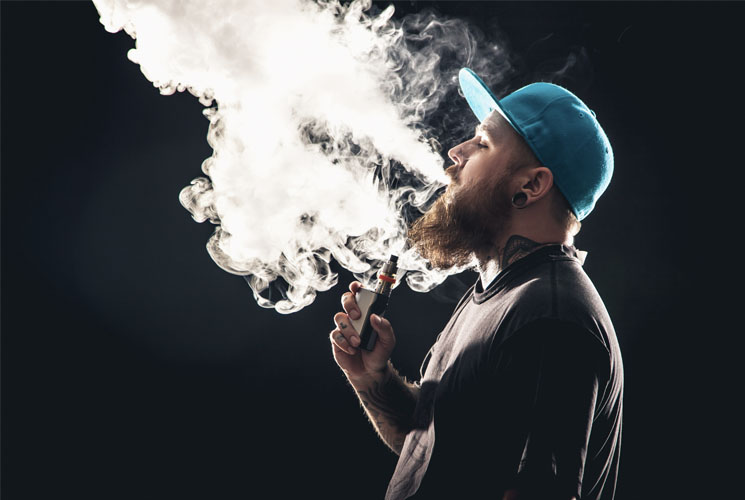Can Vaping in the House Harm Others?
The popularity of vaping has grown exponentially in recent years, and with it, the question of whether vaping in the house can harm others. While research into this area is ongoing, the limited evidence available suggests that any risk from passive vaping to bystanders is small relative to tobacco cigarettes.
When it comes to vaping indoors, the primary concern is the release of nicotine into the atmosphere. Nicotine is the addictive substance found in cigarettes and e-cigarettes, and it is known to have adverse health effects. However, research suggests that e-cigarettes release negligible amounts of nicotine into the atmosphere, making the risk of passive vaping exposure to bystanders very low.
In addition to nicotine, e-cigarettes also release other chemicals into the air, such as propylene glycol and glycerin. These chemicals are generally considered to be safe, but some studies have suggested that they may be harmful when inhaled in large amounts. However, the levels of these chemicals released by e-cigarettes are very low, and the risk of harm to bystanders is thought to be negligible.
It is important to note that research into the effects of passive vaping is still ongoing, and more research is needed to fully understand the potential risks. In the meantime, it is recommended that people who vape indoors do so in well-ventilated areas, and avoid vaping in enclosed spaces.
Overall, the limited evidence available suggests that any risk from passive vaping to bystanders is small relative to tobacco cigarettes. However, more research is needed to fully understand the potential risks of vaping indoors. Until then, it is best to err on the side of caution and avoid vaping in enclosed spaces.
